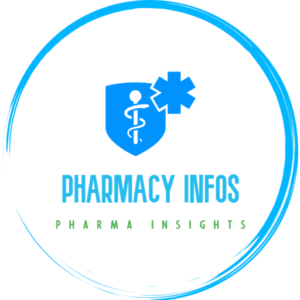Brain Aneurysm Treatment Without Surgery
A brain aneurysm, also known as a cerebral aneurysm or intracranial aneurysm, is a bulging or ballooning in a blood vessel in the brain. These weak spots in the blood vessel wall can develop over time due to various factors, including genetic predisposition, high blood pressure, smoking, and certain medical conditions. Brain aneurysms can vary […]
Brain Aneurysm Treatment Without Surgery Read More »
